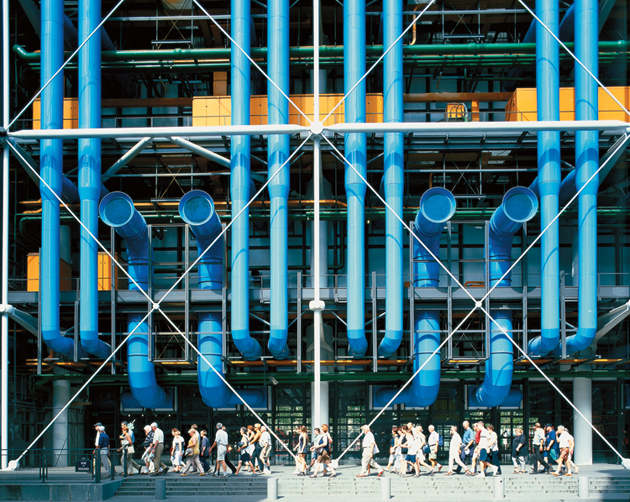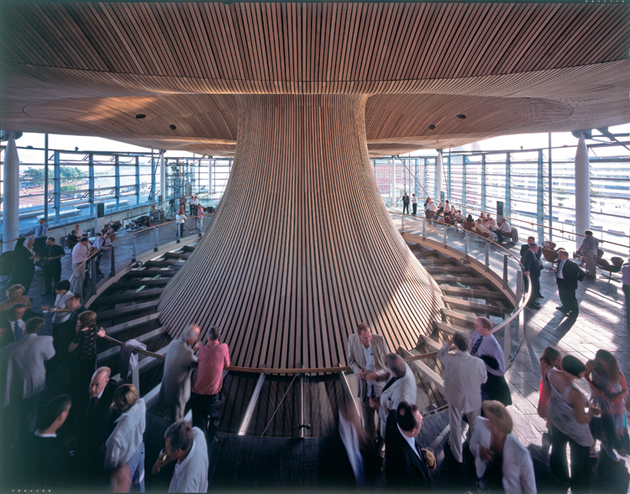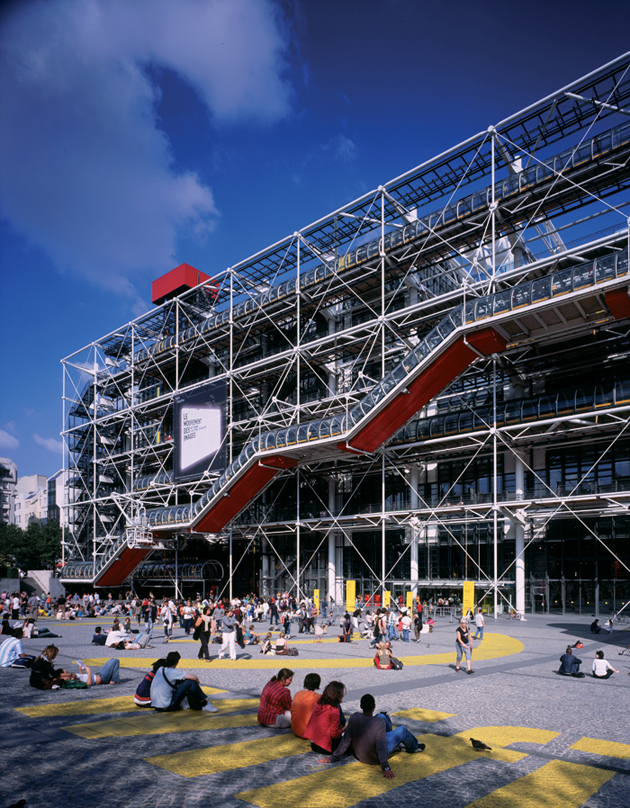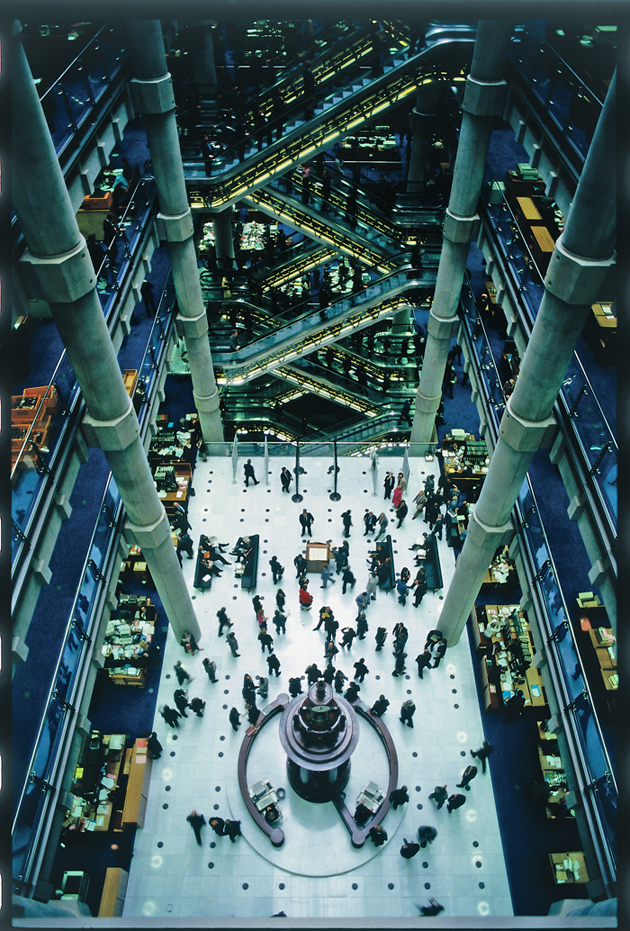What makes the work of an architect great and why? Isn’t this the question an exhibition about an architect’s work should answer? Isn’t it supposed to glorify his achievements and hide his failures? Or isn’t it supposed to show what impact his work has had on a larger social scheme and how it interacts with what we know and understand about our living structures? The latest exhibition displayed at Royal Academy of Arts in London, dedicated to Richard Rogers and his 50-year-long career, answers the second set of questions, leaving the first set to the visitors’ imagination.


Titled “Richard Rogers RA: Inside Out”, the exhibition is structured in four different sections, each one tackling one particular aspect of Rogers’ work. Known for his involvement in political discussion through architecture, the show tries to pinpoint how his creations have been shaped by political, social and ethical concerns, as well as popular culture, technology, art and urbanism. In fact, the structure of the exhibition, designed by Rogers’ son Ab and curated by Jeremy Melvin, tries to analyse how his projects exist, influence and are influenced by exactly those forces.

In fact, even though the exhibition explores his practice from different points of view (from his personal influences to his political engagement) the most important part of it is seeing how his work engages with the aforementioned issues, starting from Rogers’ ethical principles: fairness, politics, the city, aesthetics and collaboration. Even though his most famous projects, like Centre Pompidou (designed together with Renzo Piano) in Paris and Lloyd’s Building in London, might be criticized as lacking in various aspects of those points, it is nevertheless important to note Rogers’ intention to promote architecture as a practice that needs “to be a politically engaged and sustainably responsible profession, which recognises its agency to affect positive change on society”.


